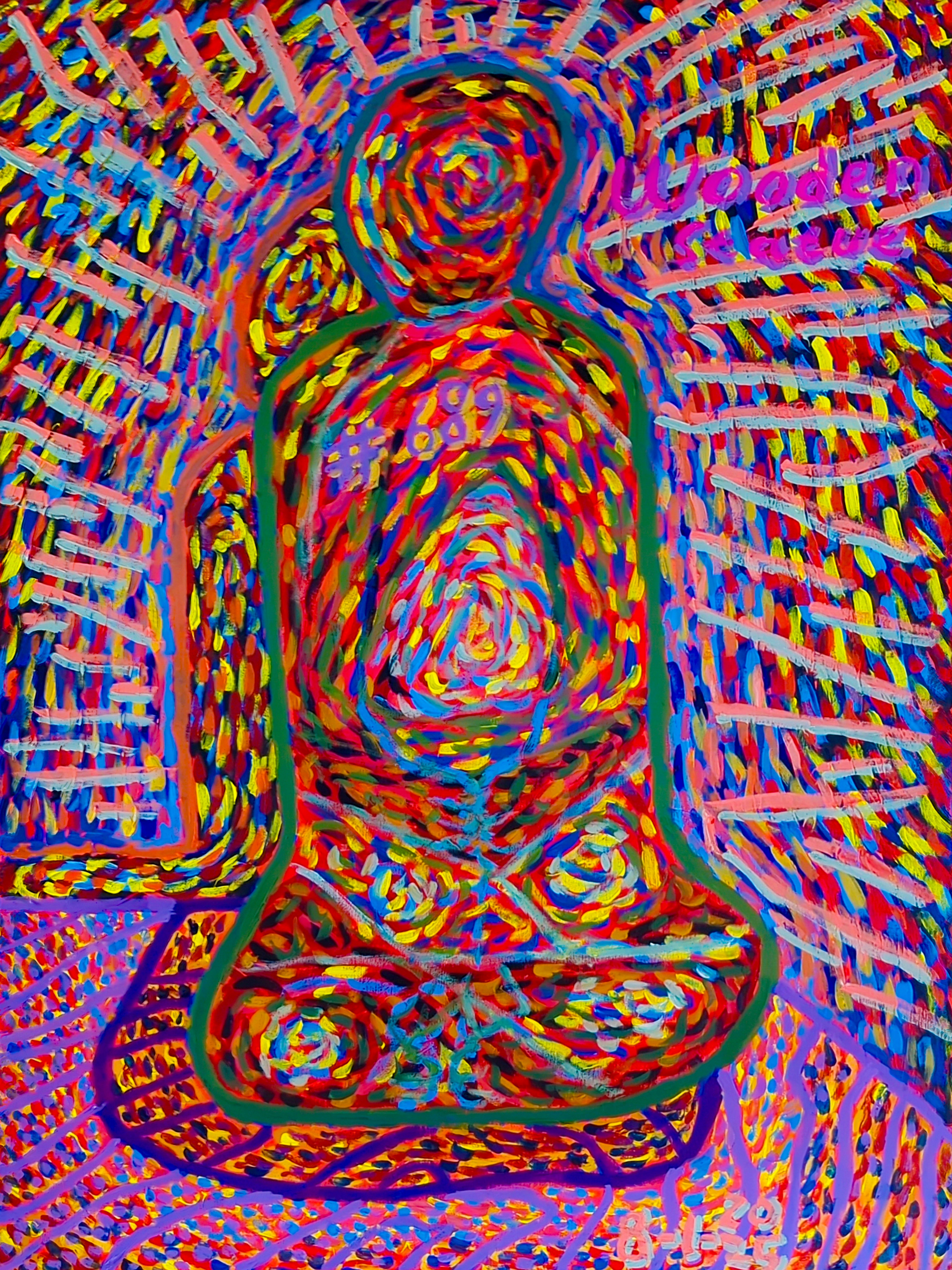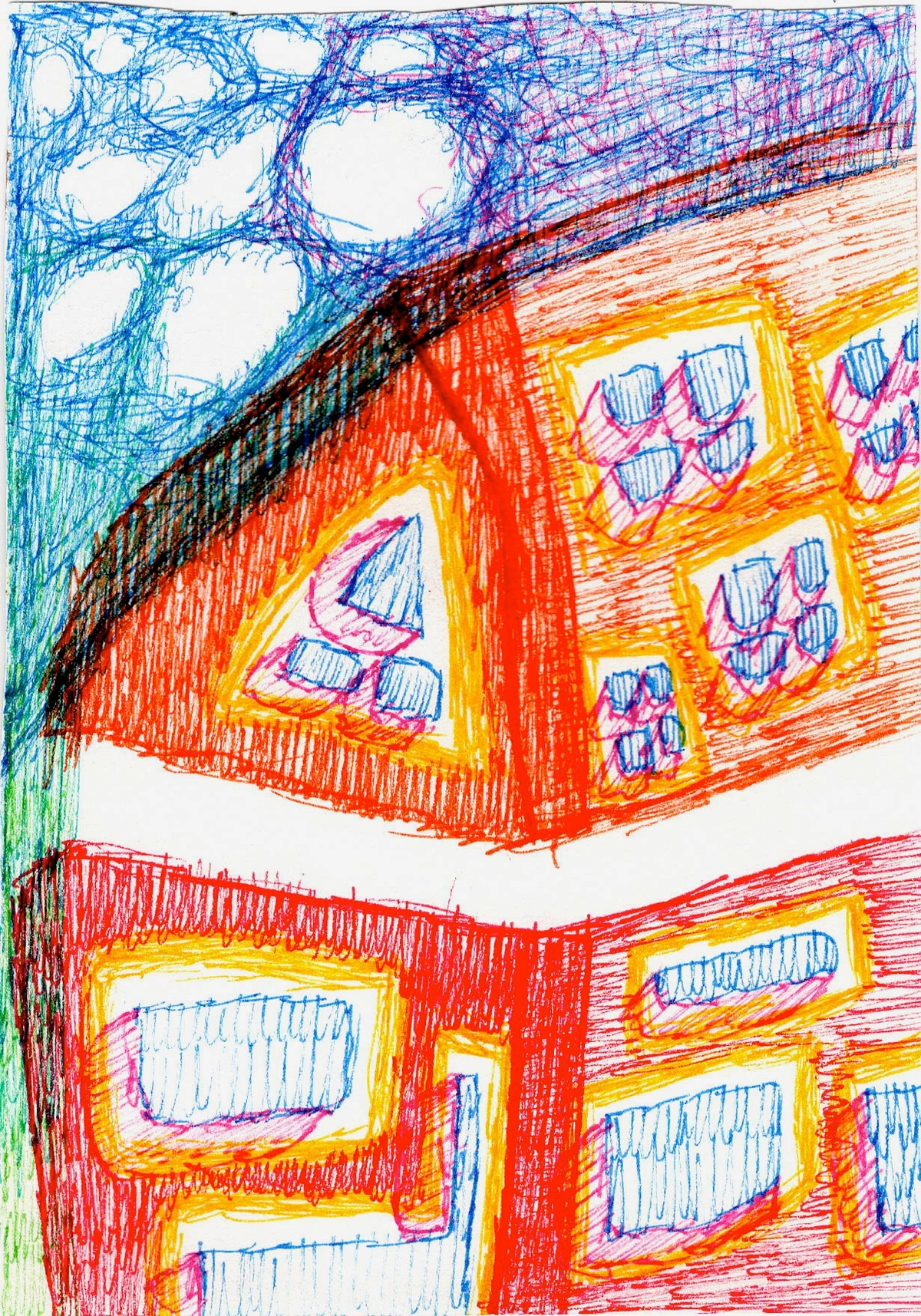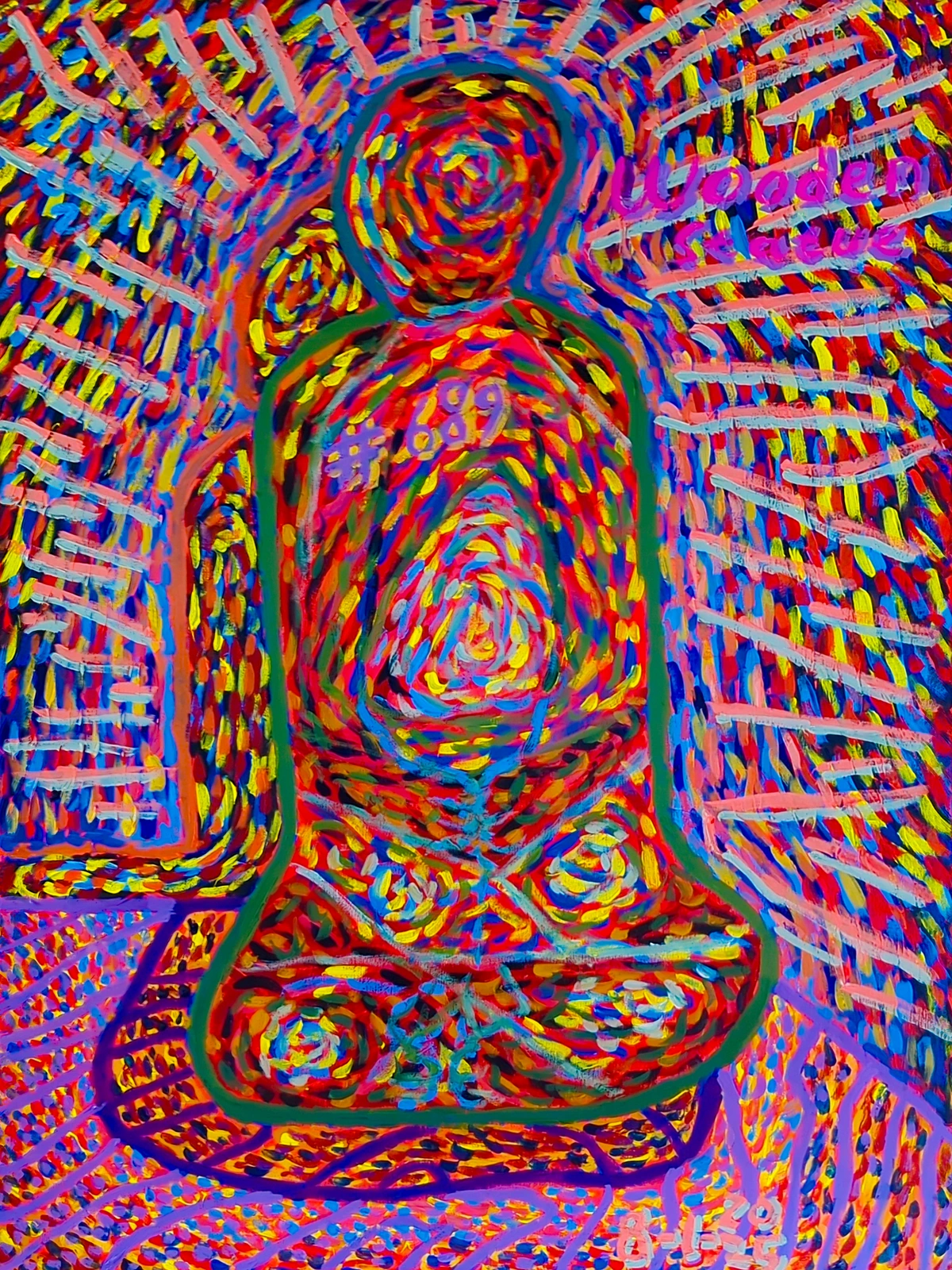
Finding Your Edge: The Best Drawing Pencils for Realistic Art
Unlock realism in your art! Join me as I explore the essential graphite, charcoal, and colored pencils, alongside crucial techniques and paper choices, for truly lifelike drawings.
Finding Your Edge: The Best Drawing Pencils for Realistic Art
You know, there's this weird moment every artist probably experiences. You're deep into a drawing, totally in the zone, and then suddenly... the pencil just isn't doing it. It's not blending right, or it won't give you that whisper of a shadow, or it just feels like fighting the paper. I've been there, oh, so many times. Especially when I started really digging into realistic art – trying to capture a likeness, the texture of skin, or the glint in an eye. It's a whole different beast from abstract work, where sometimes the tool's 'misbehavior' can be a happy accident. For realism? Not so much.
My journey to finding the best drawing pencils for realistic art has been less a straight path and more a meandering adventure, filled with trials, errors, and a fair bit of pencil lead dust on my clothes. But along the way, I've discovered a few absolute gems, tools that feel like an extension of my hand, not something I'm wrestling with. And trust me, having the right tools makes all the difference, transforming frustration into flow. So, pull up a chair; let's talk pencils, because the right arsenal is the first step towards true artistic expression, perhaps even towards works that find their way into a museum like mine in Den Bosch.
Graphite: The Unsung Heroes of Detail
Graphite. It's where most of us begin, isn't it? The humble pencil, discovered in the 16th century in England, quickly became the bedrock for artists aiming for precision and detail. But for realistic art, it's far from humble; it's the backbone, the foundation. I remember years ago, I thought a '2B' was pretty much all I needed. Boy, was I wrong. Realistic art demands a range, a symphony of grades.
For me, the magic happens when you understand the H and B scale. H for hardness, meaning lighter marks, great for initial sketching and crisp details. B for blackness (or softness), yielding darker marks, perfect for deep shadows and rich tones. I swear by having a full spectrum. Imagine a whisper-thin 6H for the lightest hair strands or the faintest hint of a background, all the way to a velvety 8B or even a 10B for those intense, dramatic shadows that make a subject pop. Trying to get a deep black with a 2B is like trying to empty the ocean with a teacup – frustrating and ultimately futile. It just won't get you there.
One time, I was trying to render a portrait, and the shadows under the jawline just looked flat. I was pushing my 4B so hard, practically indenting the paper. Then, I remembered a tip from an old art book: "Let the pencil do the work." I switched to an 8B, and with gentle pressure, it laid down a rich, dark tone that immediately gave the face depth. It was a revelation. It also made me realize how much easier the process becomes when your tools align with your intent. Oh, and here's a crucial detail often overlooked: the tooth of your paper dramatically impacts graphite. A smoother paper will give you fine lines and subtle blends, while a paper with more texture (or 'tooth') will grab the graphite, allowing for deeper blacks and more layered effects. If you're just starting out, or even if you're a seasoned pro looking for a refresh, check out this guide for beginners. It covers some excellent basics that apply to realistic art too.
My Go-To Graphite Sets
When it comes to brands, I've tried many, and some have become cherished companions. Here are a couple that have consistently delivered for my realistic drawings:
- Staedtler Mars Lumograph: These are my workhorses. They glide across the paper, lay down smooth, consistent tone, and are fantastic for layering. The range is superb, and they hold a point reasonably well. Highly recommended for precise detail work and smooth transitions.
- Faber-Castell Polychromos Graphite: A bit pricier, perhaps, but the quality is undeniable. They offer a unique smoothness and intensity, especially in the darker grades. They feel substantial in hand, too, which, believe it or not, can make a psychological difference.
Graphite is truly versatile, forming the foundation of many realistic pieces. It's about building, layer by layer, until the form emerges from the flat surface.
Charcoal: Embracing the Drama of Deep Tones
Now, charcoal. This one was a bit of a late bloomer for me. For years, I avoided it, convinced it was too messy, too dramatic, too... abstract. My initial attempts were always smudgy disasters. Yet, charcoal has a lineage tracing back to ancient cave paintings and was a favored medium of Old Masters like Rembrandt and Da Vinci for its expressive power. For realistic art, especially portraits or dramatic landscapes, charcoal is a game-changer. It offers a depth and richness that graphite, even the darkest B grades, can't quite match.
There are different forms, of course: vine charcoal for light, ethereal marks and easy blending; compressed charcoal (in stick or pencil form) for intense blacks; and charcoal pencils for control. For realism, I primarily lean on charcoal pencils. They give you that familiar pencil feel but with the power of charcoal's velvety black. Blending charcoal is an art in itself – tortillons, chamois, even your fingers (though be careful of oils) can create incredible soft gradations. Want to dive deeper? Take a look at this article on using charcoal.
I learned to love the slightly chaotic nature of charcoal. Yes, it's dusty. Yes, your hands will get dirty. But that slight messiness? It's part of its charm. It forces you to be looser, more expressive, which, ironically, can lead to more lifelike results as you focus less on perfect lines and more on masses of light and shadow. The rougher texture of drawing paper is often ideal for charcoal, allowing its pigment to cling and build up rich, dark values.
Colored Pencils: Beyond the Brightness for Lifelike Hues
Ah, colored pencils. This is where things get really interesting, and really challenging, for realism. It's not just about picking the right color; it's about layering, pressure, understanding how colors interact, and the subtle dance of color temperature. My first realistic colored pencil attempts looked like illustrations from a children's book – vibrant, sure, but flat. It took a lot of practice to realize that realism in color is built layer by tiny layer, slowly, patiently.
For skin tones, for example, it's rarely just 'peach.' It's an interplay of warm (reds, yellows, oranges) and cool (blues, greens, purples) tones, built up with translucent layers. Understanding whether a shadow leans cool or a highlight leans warm can entirely transform the lifelikeness of your subject. The key is to use light pressure and build intensity slowly, like you're glazing with oil paint. If you press too hard too soon, you'll burnish the paper – essentially flattening and sealing its microscopic fibers – making it impossible to add more layers. This is why a paper with a good 'tooth' is your best friend here. And blending? It's all about tiny, circular motions and sometimes using a colorless blender pencil or even a little solvent (very carefully!). If you're interested in how artists approach color more broadly, take a peek at this article on how artists use color.
My Top Picks for Realistic Colored Pencils
- Faber-Castell Polychromos Colour Pencils: These are oil-based, which I adore. They hold a sharp point, blend beautifully, and you can layer them extensively without waxy buildup. Their lightfastness is also excellent, meaning your colors won't fade over time. They're an investment, but worth every penny for serious realistic work.
- Prismacolor Premier Soft Core Colored Pencils: These are wax-based and incredibly creamy. They lay down vibrant color with ease and blend like a dream. The downside? They can break more easily and create 'wax bloom' (a whitish haze) if not handled correctly. But for their blending capability and rich pigmentation, they're hard to beat for certain effects.
Mastering colored pencils for realism is about patience and observation, building rich, complex hues from simple starting points. It's a deeply rewarding process.
The Foundation: Your Paper Choice
Before we dive into techniques, let's acknowledge an unsung hero: your paper. Having the best pencils won't matter if your paper fights you. For realism, the surface, or tooth, of your paper is paramount. Smooth papers (like Bristol board) are fantastic for fine graphite details and crisp lines, offering minimal resistance. Textured papers (like vellum or cold-press watercolor paper) are ideal for grabbing charcoal and colored pencil pigments, allowing for multiple layers, deep values, and beautiful blending. It really pays to experiment with different papers to see how they interact with your chosen medium and style.
Blending, Shading, and Those Tiny Details: My Approach
This is where the rubber meets the road. Having good pencils is one thing; knowing how to wield them for realism is another. My main mantra is "start light, build slow." Seriously. It's so tempting to press hard, especially when you want that dramatic shadow, but patience is your friend.
- Layering: This is non-negotiable. Whether it's graphite, charcoal, or colored pencil, build up your tones and colors in multiple thin layers. It creates depth, smoother transitions, and allows for corrections. Trying to rush it often leads to a flat, muddy result.
- Tortillons and Blending Stumps: Essential for smooth gradients. Don't underestimate the power of a good blending tool. They can smooth out pencil strokes, create subtle shifts in tone, and reach into tiny areas. Sometimes, a soft brush can work wonders too.
- Erasers as Drawing Tools: This might sound odd, but it's true! I remember thinking, "Wait, I can draw with an eraser?" A kneaded eraser can lift graphite or charcoal to create highlights, soften edges, or even 'draw' light. A fine-tipped eraser (like a stick eraser) is invaluable for crisp highlights, like the catchlight in an eye or a glint of metal, offering precision you can't get with just a pencil.
- Observation: This isn't about pencils, but it's crucial for realism. Look at your subject. Don't draw what you think you see; draw what's actually there. The subtle shifts in value, the unexpected colors in a shadow – that's what brings a drawing to life. It's about seeing, really seeing, the world around you.
Beyond Pencils: Complementary Tools
While this article is all about pencils, realism often benefits from a supporting cast. Consider soft pastels or oil pastels for broader, softer areas of color and blending, especially for backgrounds or atmospheric effects. For razor-sharp details or expressive line work, a good ink pen can provide accents that pencils might struggle to achieve. Mixing media can unlock new possibilities, but remember to always consider compatibility and layering order.

credit, licence
Choosing Your Arsenal: What I Look For
So, with all these options, how do you pick? It can feel overwhelming, like choosing the right brush for a mixed media abstract painting. Here's what guides my decisions:
- Lightfastness: Especially for colored pencils, this is huge if you want your art to last. Look for ratings on the pencils themselves or the manufacturer's website. You don't want your beautiful realistic rendering fading into oblivion.
- Pigmentation and Blendability: Do they lay down intense color/tone easily? Do they blend smoothly without resistance or waxy buildup? These are critical for realistic effects.
- Comfort and Feel: This is surprisingly important. A pencil that feels good in your hand, that has a nice weight and balance, and offers the right amount of drag (resistance) on the paper will make a difference during long drawing sessions. It's a very personal preference.
- Your Subject Matter: Are you doing delicate botanical drawings? You'll lean more on fine-point graphite and subtle colored pencils. Dramatic portraits? Bring out the charcoals and deep B grades.
Don't feel like you need to buy every single pencil out there immediately. Start with a good, basic set of graphite, experiment with a few charcoal pencils, and then maybe invest in a smaller set of high-quality colored pencils. Build your collection as your needs and techniques evolve. What kind of subject calls to you?
FAQs: Just a Few More Thoughts
Do expensive pencils make a better artist?
Absolutely not! A skilled artist can create magic with a humble pencil. However, higher quality pencils often offer better performance (pigmentation, blendability, lightfastness) that can make the process easier and the results more professional. Think of it as investing in tools that don't fight you, allowing your skill to shine through unimpeded. It's about efficiency, not intrinsic talent. But will an expensive electric sharpener save your precious leads? Maybe.
How do I keep my pencils sharp without wasting them?
Ah, the age-old dilemma! A good quality sharpener is key. I personally prefer metal sharpeners over plastic ones, and I find a blade sharpener is better than a rotary for delicate leads. Also, learn to sharpen carefully and slowly. Don't just jam it in there. For colored pencils, sometimes a craft knife and sandpaper block can give you a very long, fine point for intricate details without excess breakage. Electric sharpeners can be great for speed, but choose one with adjustable settings for different lead types to avoid over-sharpening or breakage, especially with softer cores.
Can I mix pencil types in one drawing?
Yes, absolutely! It's a fantastic way to add dimension. I often use graphite for fine details and lighter areas, then layer charcoal on top for deep, velvety shadows that graphite alone can't achieve. You can even combine colored pencils over graphite for nuanced effects. Just be mindful of the tooth of your paper and how each medium adheres. Sometimes, a light fixative spray between layers can help with adhesion, especially when layering wax-based over oil-based, or delicate charcoal over smoother graphite. Experiment! That's half the fun. What new combinations will you discover?
The Right Tools, The Right Art
Ultimately, finding the 'best' drawing pencils for realistic art is a deeply personal quest. What works for me might be slightly different for you, and that's perfectly okay. The goal isn't to accumulate every single fancy pencil, but to discover the tools that resonate with your artistic voice and help you achieve the realism you're striving for.
It's like finding the perfect coffee shop; you try a few, some are fine, some are awful, and then one day, you walk into 'the one,' and everything just clicks. Your hand feels natural, the marks flow effortlessly, and suddenly, that challenging portrait or still life feels a little less daunting. Keep experimenting, keep drawing, and remember that every mark you make is part of your unique artistic journey. Happy drawing!

credit, licence




